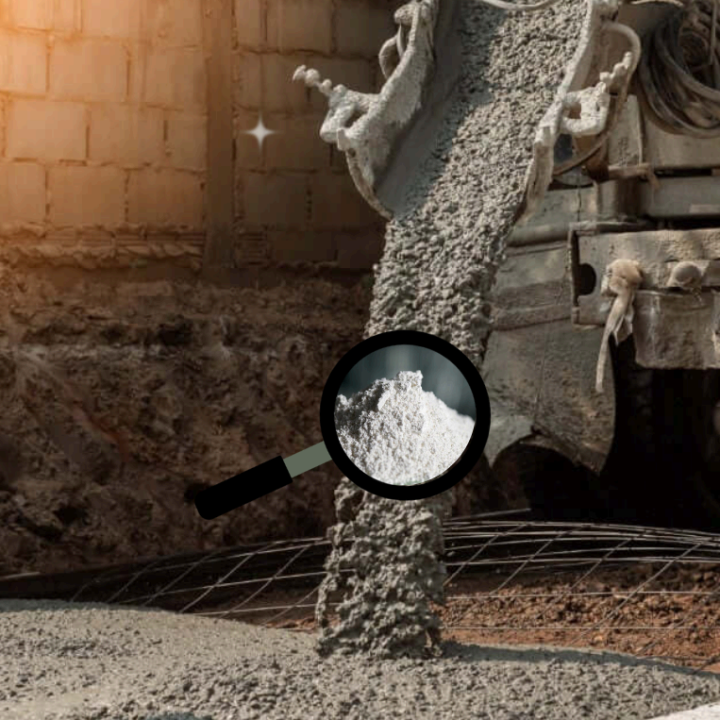Glass Powder
Glass powder is a versatile material used in a wide range of applications, available in various
particle sizes to suit all needs. It is characterized by exceptional quality that meets specialized
industrial requirements
Introduction to Glass and Glass Powders
Glass powder is a finely milled material with a wide range of applications across various industries. Known for its versatility and adaptability, it can be customized to different particle sizes to meet specific needs. Its unique properties make it suitable for numerous uses, offering a cost-effective and effi cient solution for industrial and commercial purposes. Additionally, its production contribute to sustainability efforts and reducing environmental impact. Glass Powders and Concrete Concrete is a ubiquitous construction material, vital for building , roads, bridges, and structures. It consists of aggregates mixed with a binder—typically Portland cement—and water. When combined, the cement and water form a hard matrix that binds the aggregates, creating a stone-like substance. Additives can be introduced into the concrete mix to modify the properties of the final slab. For example, plasticizers may be added to reduce the water-to- cement ratio, while maintaining workability. This results in stronger, more durable concrete. The incorporation of the glass powder as an additive into concrete, at a rate of 25% of the cement mass, significantly improved its resistance to chloride diffusion (reduction of approximately 52% compared to the control concrete), with no significant impact on water-accessible porosity or mechanical strength . Enhance Your Concrete with the Versatility of Glass Powder!

